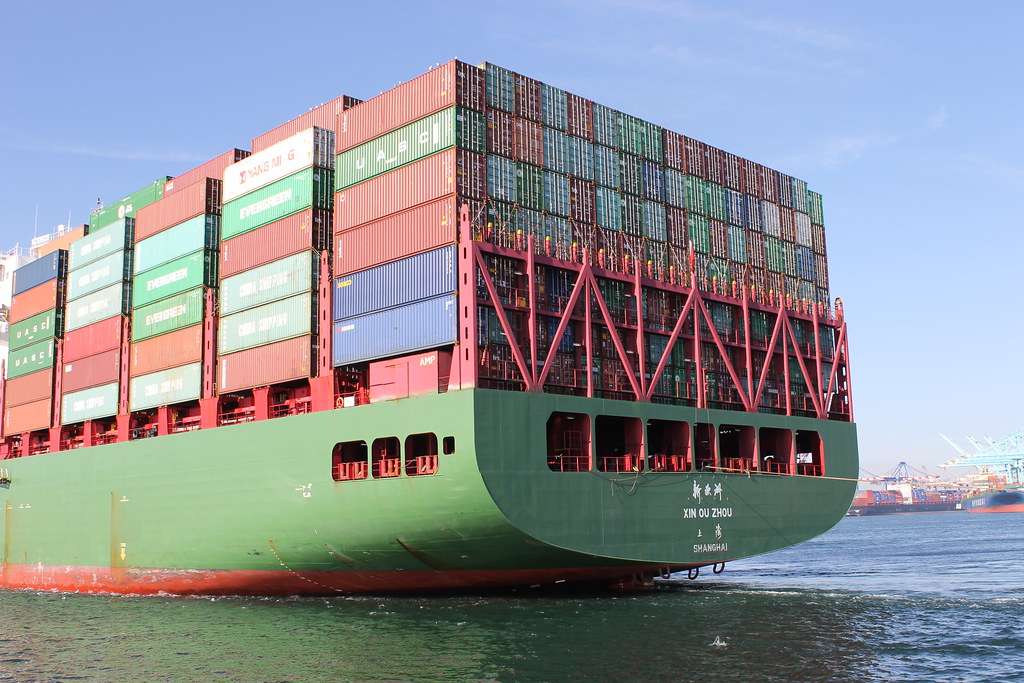In contrast, consumer inflation in China slowed from 1.1% in June to 1% in July (the key factor here was lower pork prices, which fell 43.5% over the year). "Consumer inflation is unlikely to exceed 2% in the coming quarters. The country's central bank is likely to keep rates at the same level," the Capital Economics analysts believe. They note that the rising prices of electronics manufacturers are an indication that there are still problems in the supply chain. At the same time, imports of chips in China and exports of Chinese electronics are increasing.
Overall, the country’s exports and imports show a slowdown in month-on-month growth. Year-on-year growth in exports slowed from 32.2% in June to 19.3% in July (to $282.7 billion). Accordingly, month-on-month supplies decreased by 2.1% (the decline in physical volumes was even more pronounced). Imports increased 28.1% (to $227.1 billion) from 36.7% in June (equivalent to a 4.3% decline month-to-month). Grain imports remained at a high level (this was also due to an increase in domestic pork production). Demand for metals, on the other hand, was the lowest since May 2019 - and a sign of a slowdown in the construction sector, Capital Economics records.
China's trade surplus increased from $51.5 billion in June to $56.6 billion in July. At the same time, shipments to the U.S. increased by 13.4% year on year (to $49.6 billion), imports of U.S. goods increased by 25.6% (to $14.2 billion). As a result, the surplus of bilateral trade increased in favor of China by 8.9% - to $35.4 billion. With the EU, by contrast, the surplus decreased by 17.1%, to $17.4 billion (exports were $43.3 billion, imports - $25.9 billion).
source: capitaleconomics.com
Overall, the country’s exports and imports show a slowdown in month-on-month growth. Year-on-year growth in exports slowed from 32.2% in June to 19.3% in July (to $282.7 billion). Accordingly, month-on-month supplies decreased by 2.1% (the decline in physical volumes was even more pronounced). Imports increased 28.1% (to $227.1 billion) from 36.7% in June (equivalent to a 4.3% decline month-to-month). Grain imports remained at a high level (this was also due to an increase in domestic pork production). Demand for metals, on the other hand, was the lowest since May 2019 - and a sign of a slowdown in the construction sector, Capital Economics records.
China's trade surplus increased from $51.5 billion in June to $56.6 billion in July. At the same time, shipments to the U.S. increased by 13.4% year on year (to $49.6 billion), imports of U.S. goods increased by 25.6% (to $14.2 billion). As a result, the surplus of bilateral trade increased in favor of China by 8.9% - to $35.4 billion. With the EU, by contrast, the surplus decreased by 17.1%, to $17.4 billion (exports were $43.3 billion, imports - $25.9 billion).
source: capitaleconomics.com





